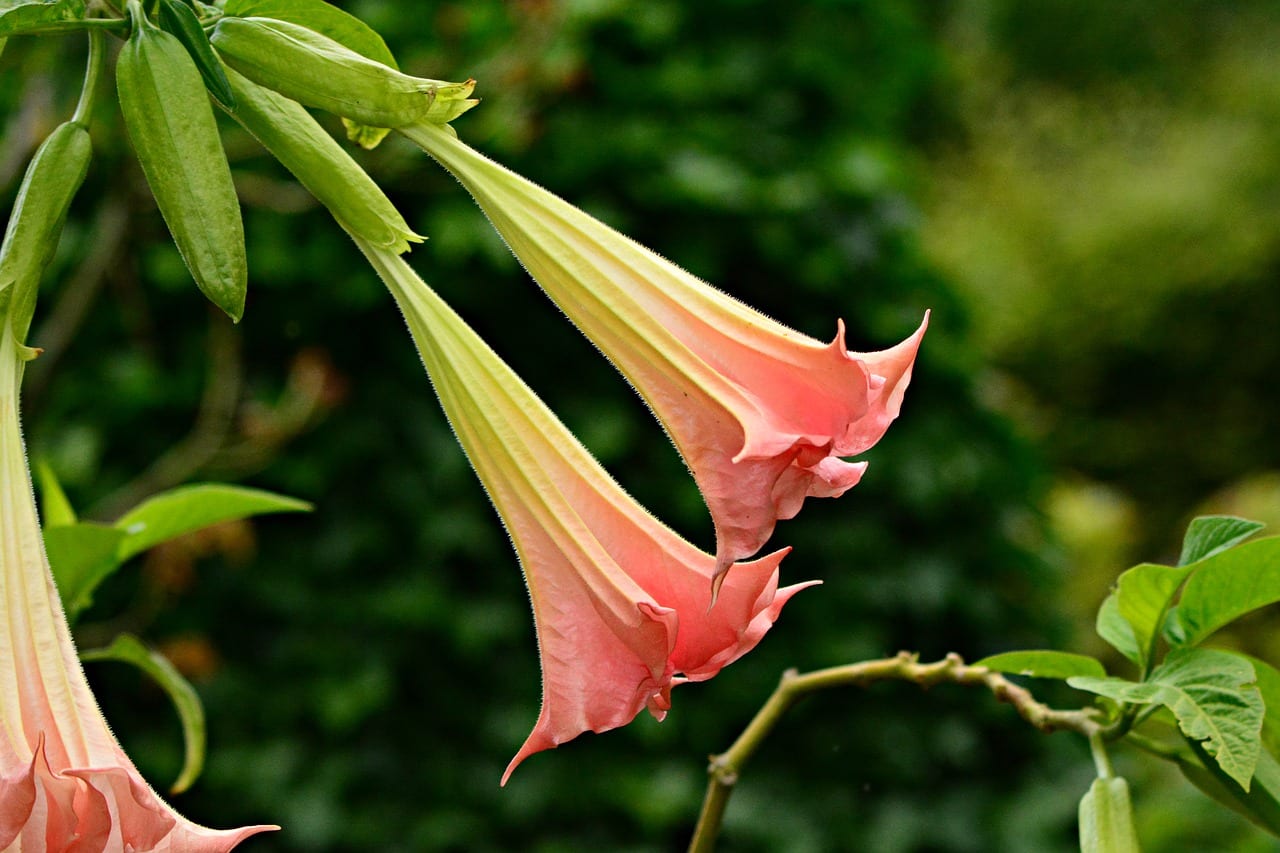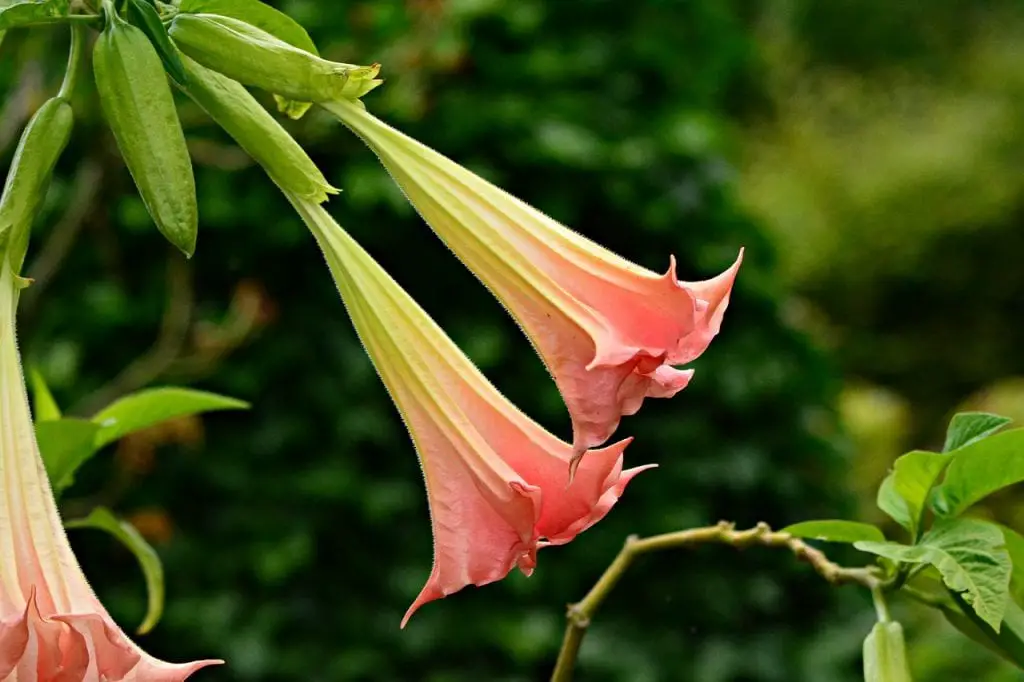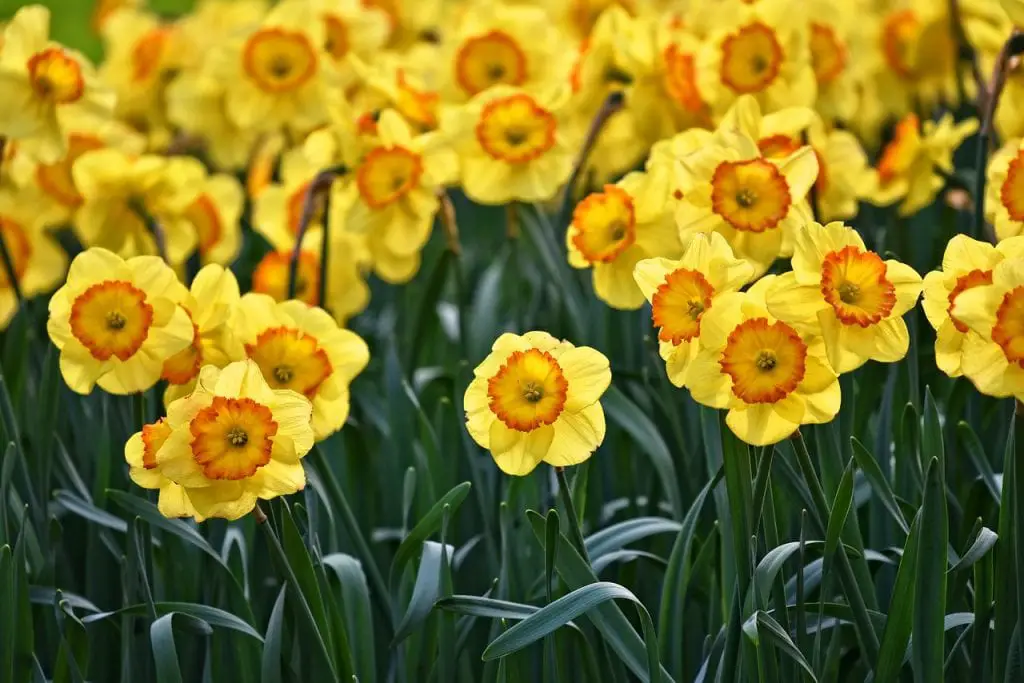
When you see flowers, a pleasant feeling fills your heart. The appearance, colors, and fragrance of flowers remain with you forever. Flowers are the most gifted items in the world. Whether it is marriage, birthday, or anniversaries, flowers enhance the beauty and aesthetics of the ceremony manifold. They have also been used in manufacturing several beauty products, including scents and creams. A few varieties of flowers are also used in food and food products. They are considered to bring health benefits, both physical and psychological. Several cultures and civilizations have considered flowers divine, and they are being used to adorn deities and gods in ceremonies.

With all the goodness of flowers explained above, you might be thinking flowers pose no harm to people. Most species of flowers indeed pose no harm even if you consume them but there are a few varieties, which might prove dangerous. A few species of flowers may even harm your body if you touch them. Other species may cause pain, irritation, and infection if you touch, smell, or consume them. It becomes important to know which varieties of flowers are harmful to you and your family, including your pets. Pets like dogs and cats are more susceptible to the effects of poisonous flowers since they encounter flowers daily.
If you are an adventurous person who often visits forests and mountains, you should make a mental note of poisonous flower species. This helps you in keeping yourself away from such flowers and plants. It also helps in responding appropriately if you are accidentally exposed to the flowers.
Most species of poisonous flowers grow in forests but some grow in gardens and backyards. The intensity of the poison present in the flower may vary from one plant to another.
Why do Flowers turn Poisonous?
Evolution has taught several species of plants and animals to protect themselves from predators. Some plants grow thick thorns or bark so that predators keep away from them. Some species of plants have changed their chemical combination to turn a few parts like leaves, seeds, and flowers poisonous. There are plants, which turn every part of their body poisonous to keep predators away. When animals eat these parts, their body starts reacting to the poisonous chemicals. The feeling of nausea, irritation, and pain trains their mind from eating the plant in the future.
Levels of Toxicity
The level of toxicity varies from plant to plant. In some cases, you might start seeing the effect of a poisonous plant as soon as you touch it. Other plants may need you to consume a considerable amount of some parts to show effect. The levels of toxicity are measured in four levels.
· Major Toxicity – Plants with major toxicity levels cause serious health issues. If these issues are not addressed at the appropriate time, it may result in death.
· Minor Toxicity – Coming in contact with plants of minor toxicity may cause irritation, vomiting, or diarrhea. These are a minor health issue that can be addressed with home remedies and over the counter medicines.
· Dermatitis – Dermatitis is a condition where you face skin-related issues like irritation or rash when you come in contact with poisonous plants.
· Oxalates – Oxalates are chemical compounds present in the sap or juice of poisonous plants. These chemical compounds may cause skin irritation in mild cases. But in severe cases, they may cause stomach pain, swelling, and breathing problems.
List of Poisonous Flowers
Below is a list of flowers that may produce a mild, medium, and severe effect on your body when you get exposed to them.
1. Nightshade
This plant gained the name Nightshade due to its shady colored flowers. It belongs to the Solanaceae family. The chemical compounds are called tropane alkaloids present in the plant are responsible for the toxicity. These chemical compounds are equally distributed among all parts of the plant. Due to this reason, the entire plant is considered poisonous, including flowers. Nightshade is commonly found in Canada, the United States of America, and Europe. They are also found in West Asia and some parts of North Africa.
Symptoms – Nausea, cramps, and irritation
2. Lily of the Valley.
This flower became famous or rather infamous after one of the characters of the TV series Breaking Bad used it to accomplish his goal. This plant grows bell-shaped flowers, which are white in colors. The beautiful flowers don’t appear harmful to naked eyes. The entire plant, including flowers, contains toxic chemical compound cardiac glycosides responsible for causing ill effects on the human body. This plant is placed on a major level of toxicity due to its severe effect. Lily of the valley is majorly found in Mexico, the USA, and Europe.
Symptoms – Rashes, diarrhea, dizziness, and vomiting. If the person is not treated in time, the toxic compound may cause death.
3. White Snake Root.
This plant caused havoc in the 18th century when people consumed the milk of cows who ate the plant. Thousands of people died due to the sickness caused by the plant. It was called ‘Milk Sickness’ back then. The white Snake Root mainly grows in thickets and grass fields. Grazing livestock inadvertently consumes this plant along with grass and contaminate the milk. The chemical compound Temetol present in the plant renders the parts of the plant poisonous, including flowers. The plant is abundantly found in all the parts of North America and some parts of Europe.
Symptoms – stomach cramps, vomiting, fever, and diarrhea.
4. Castor Oil Plant.
Castor oil plant is known for its medicinal values. But most people don’t know about its poisonous abilities. The seeds produced by the flowers of the plant contain a chemical compound called Ricin. This compound is considered as the most naturally occurring toxic compound in plants. A single seed of this plant may kill a small child. This plant grows on its own and can be seen abundantly in East Africa and India.
Symptoms – Seizure, diarrhea, nausea, and tachycardia. A copious amount of the seed may kill the person instantly.
5. Aconite or Wolf’s Bane.
This legendary plant produces enticing blue color flowers. It is said that Cleopatra used this plant to kill her brother. The toxicity of the plant, including flowers, is very high and may kill a person within minutes of consumption. The chemical present in the plant acts directly on the heart and death happens in a quick time. This plant is usually seen in Asia, Africa, and some parts of the USA. Europe, too, has other varieties of the same plant.
Symptoms – Seizure, vomiting, diarrhea, and fever.
6. Daffodil
Daffodil flowers are one of the most attractive flowers on earth. The yellow color is more than enticing not only to adults but also for children and pets. Among the parts of daffodil, bulbs are the most poisonous. If you have small children and pets in your home, you should restrain from planting daffodil in the backyard or garden. It has shown severe effects on pets and children compared to adults. The toxic compound present in the bulbs and flowers directly attacks the stomach causing unbearable pain. It is mainly found in Europe, the USA, Africa, parts of Asia.
Symptoms – Convulsion, diarrhea, tremors, vomiting, and cardiac arrhythmia.

7. Water Hemlock.
This plant produces green or white flowers. These flowers grow to form bunches on the plant and appear as umbrellas. Water hemlock can grow up to 8 feet (2.44 m) and can be recognized from a distance. The flowers of the plant contain a chemical compound called Cicutoxin. The poisonous flowers release the chemical compound in the blood once you consume it. Lakes, river beds, marshes, and swamps are favorite places for water hemlock to grow. It is mainly found in Europe and North America. Its varieties are also found in some parts of Asia.
Symptoms – Seizures, dizziness, vomiting, nausea, and death.
8. Rhododendron and Azalea.
You are going to fall in love with the flowers of the Azalea plant at first sight. They grow in bunches, and their light red color produces a calming effect on the minds. But don’t go by their alluring beauty. The entire plant is toxic and the flowers contain the maximum amount of the poison. The plant is mainly found in Europe, Canada, and the USA. It produces a lethal effect on the human body only when you consume flower, leaf, or stem of the plant. The effect can be seen within minutes of consumption.
Symptoms – Paralysis, abdominal pain, breathing difficulties, coma, and death.
9. The Suicide Tree.
The name of the plant is enough to send shivers down the spine. The suicide tree, with its alluring white flowers, is one of the most toxic plants on earth. It contains a toxic compound called Cerberin, which disrupts pulse when consumed. This plant grows mainly in coastal areas and it is also grown abundantly as a hedge plant. It is mainly grown in India and parts of South Asia. A study in the late ’90s in India had shown that the plant is responsible for the death of nearly 500 people.
Symptoms – Seizures, blood flow disruption, heart attack, and death.
